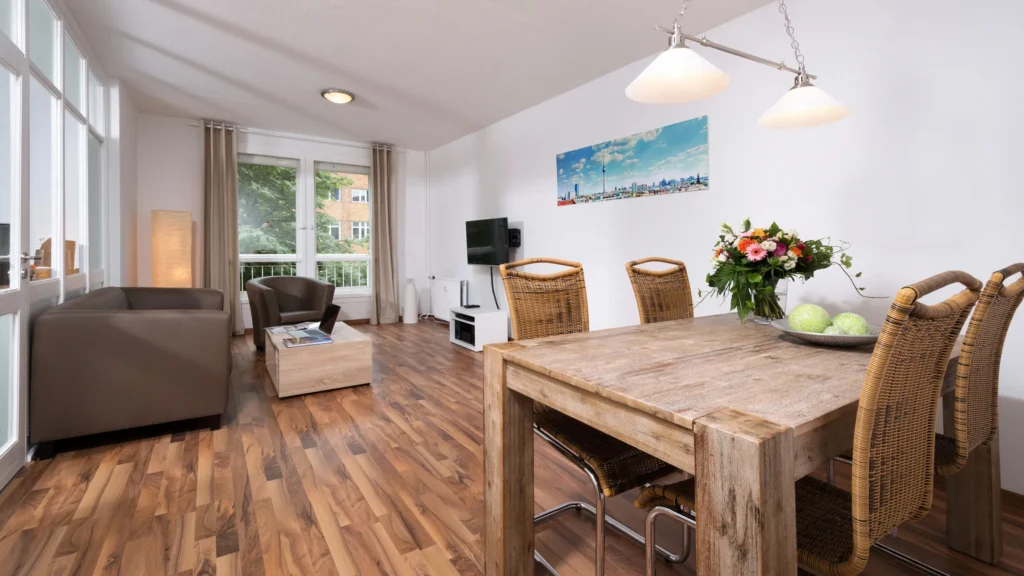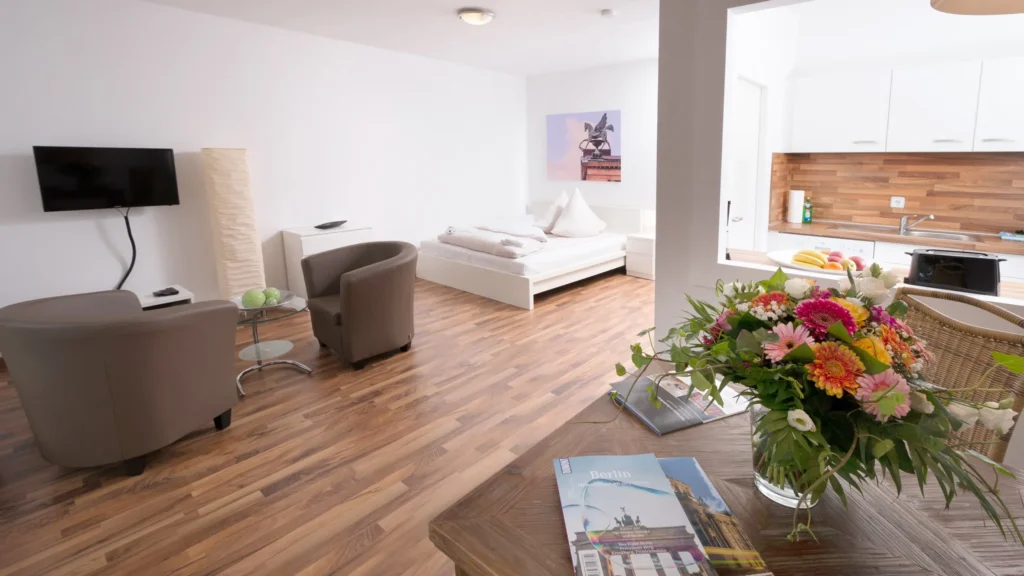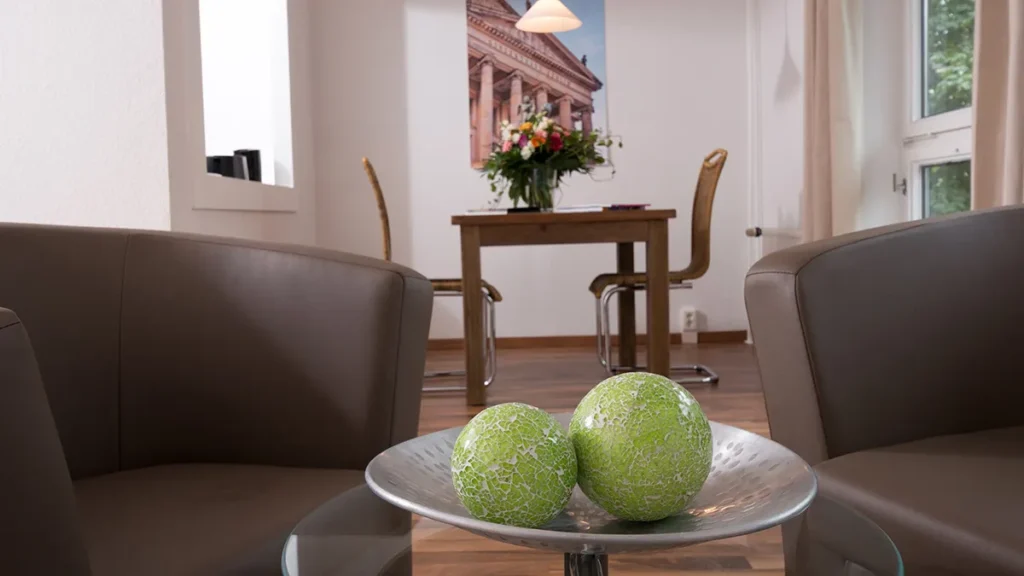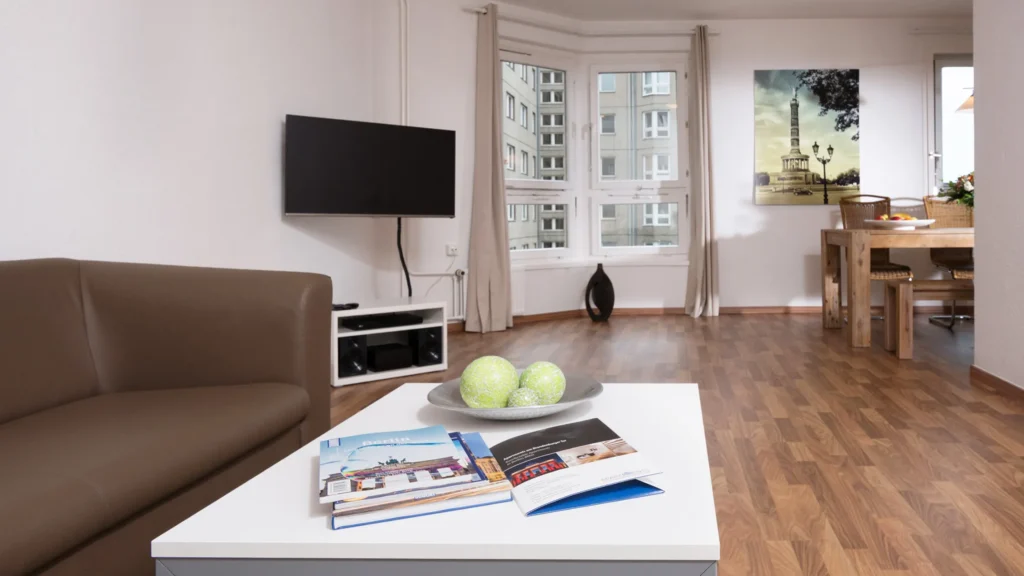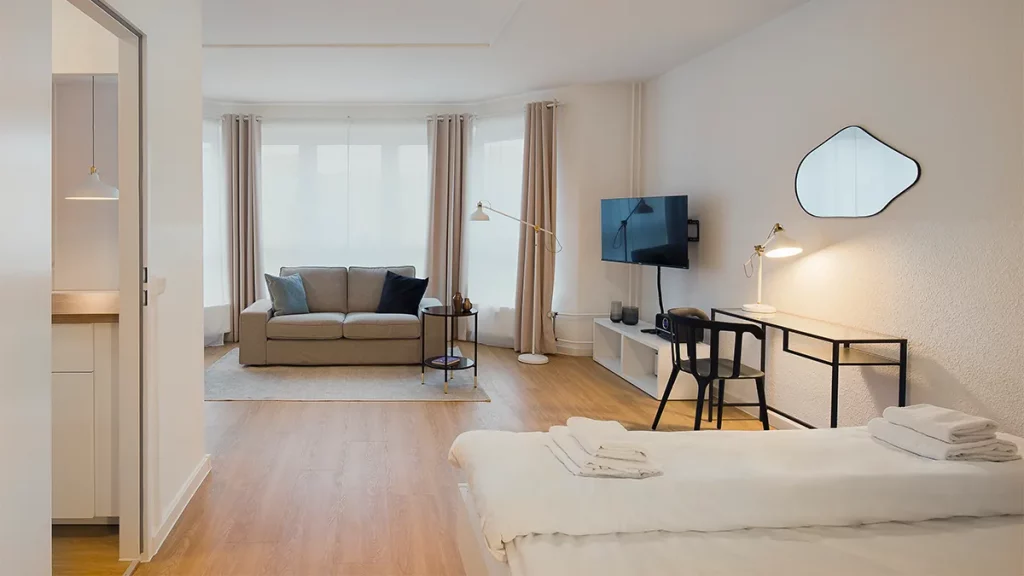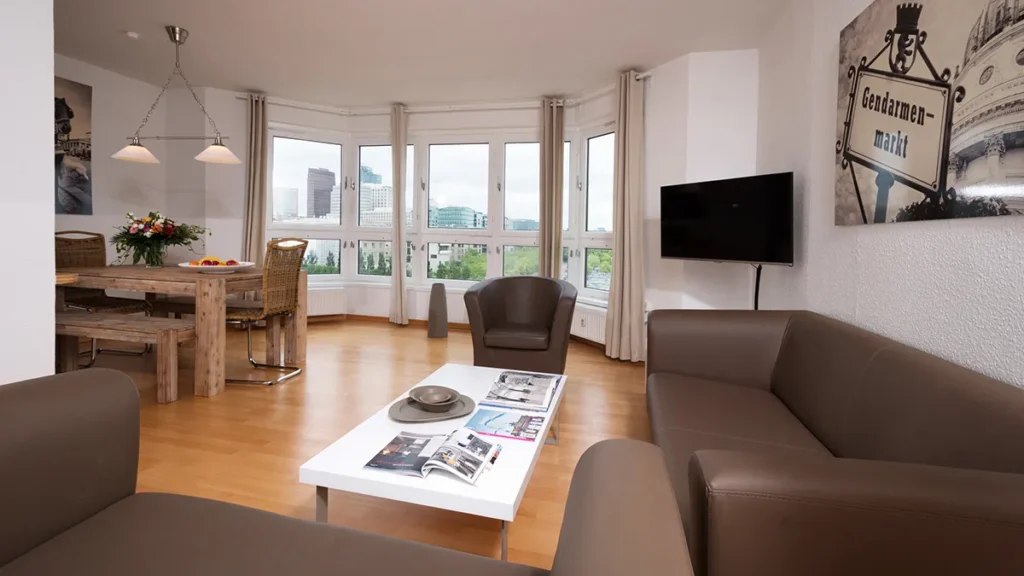The frontage of the Altes Museum features an impressive colonnade that you can see from a good distance away, serving as a stunning backdrop to Lustgarten in front. The building was constructed between 1825 and 1830 to plans by the well-known architect and urban planner Karl Friedrich Schinkel and is one of the most significant structures of Classicism. The broad open flight of steps leading to the main entrance invites visitors to pause for a while and observe the goings-on in the Lustgarten.
The Altes Museum is a true museum of the people, considering its origins. Before it was built, art was usually the preserve of the upper classes. The Prussian King Frederick William III wanted to change this by giving Berlin’s residents a museum that anyone could enter. Every citizen was to have the opportunity to educate themselves as much as possible – and the Altes Museum marked the first step in this direction. Today, the listed building is home to the Staatliche Museen zu Berlin’s antiquities collection. It forms part of Museum Island, which was listed as a UNESCO World Heritage Site in 1999.
In addition to the rectangular building itself, the large granite bowl positioned in front of the museum is a further eye-catching feature. Originally, the bowl was to be placed in the central rotunda inside the building, but its maker, stonemason G.C. Cantian, pushed the envelope somewhat when making it and expanded its diameter to a hefty seven metres – making it too large to fit inside. During a celebratory breakfast to mark its unveiling in 1834, 42 people sat around the bowl’s rim.
